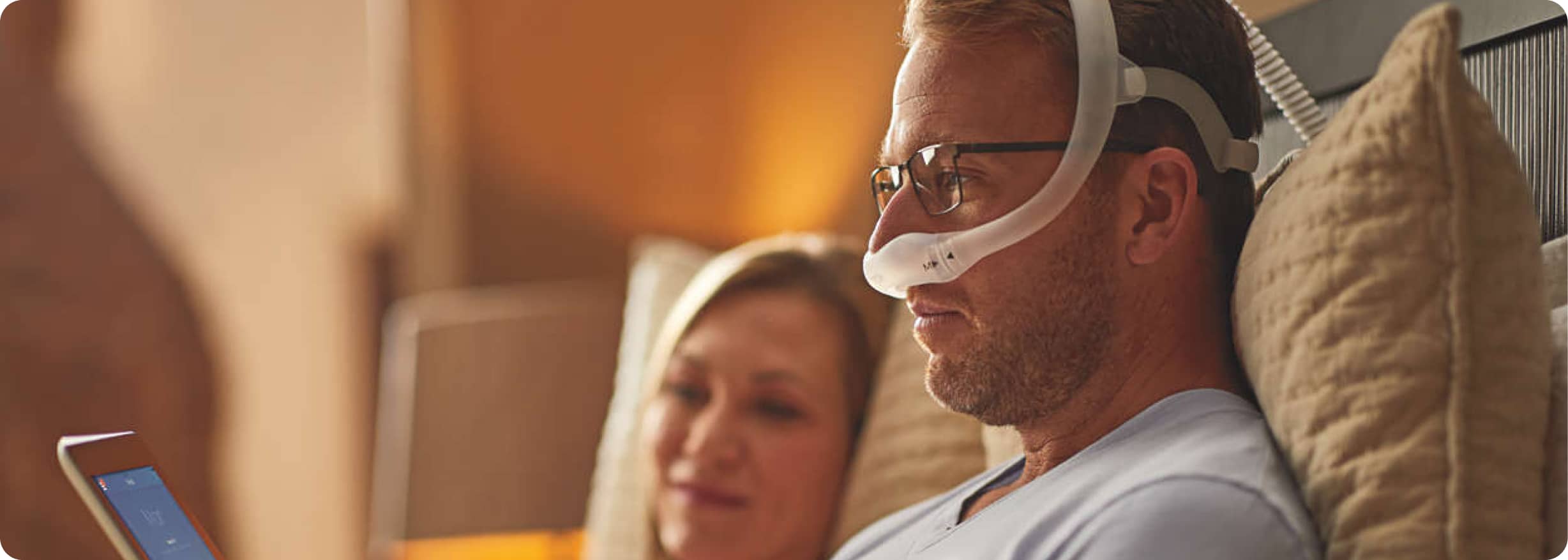What are the treatment options for sleep apnoea?
There are several sleep apnea treatment options that have varying levels of effectiveness.
Learn more about them here so you can decide which option is best for you.
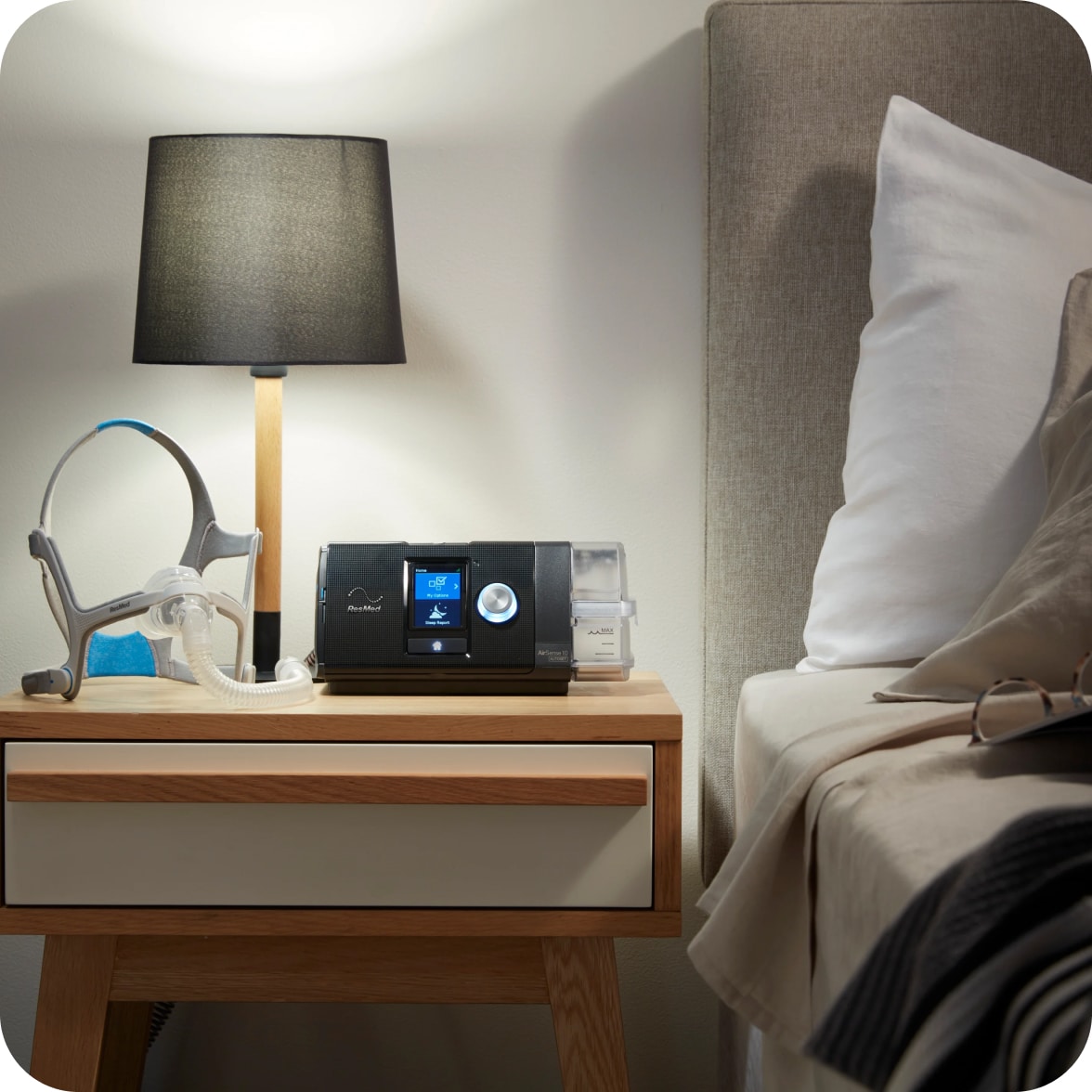
CPAP
CPAP stands for continuous positive air pressure. A CPAP, explained in a very simple way, is a turbine that blows air at positive pressure into our upper airways. This air pressure is made through a conductive tube and a mask that attaches to the patient’s nose and/or mouth.
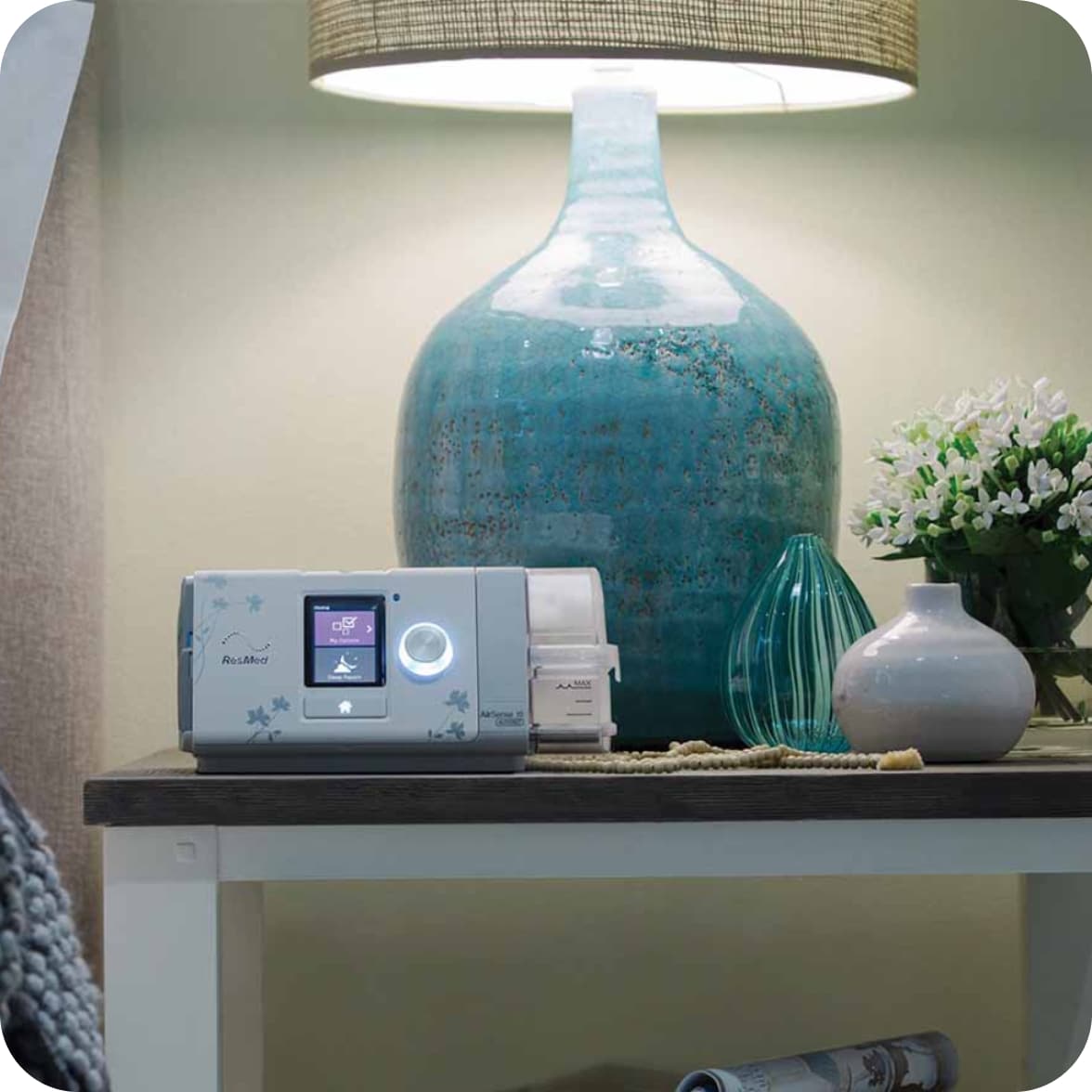
APAP
The autoCPAP is an intelligent machine that regulates itself according to the needs, in this case apnoea, of the user.
Unlike CPAP which has a fixed pressure throughout the night, auto cpap oscillates overnight between a minimum and maximum pressure threshold. These pressure fluctuations translate into greater patient comfort and a lower residual apnea index (HAI).
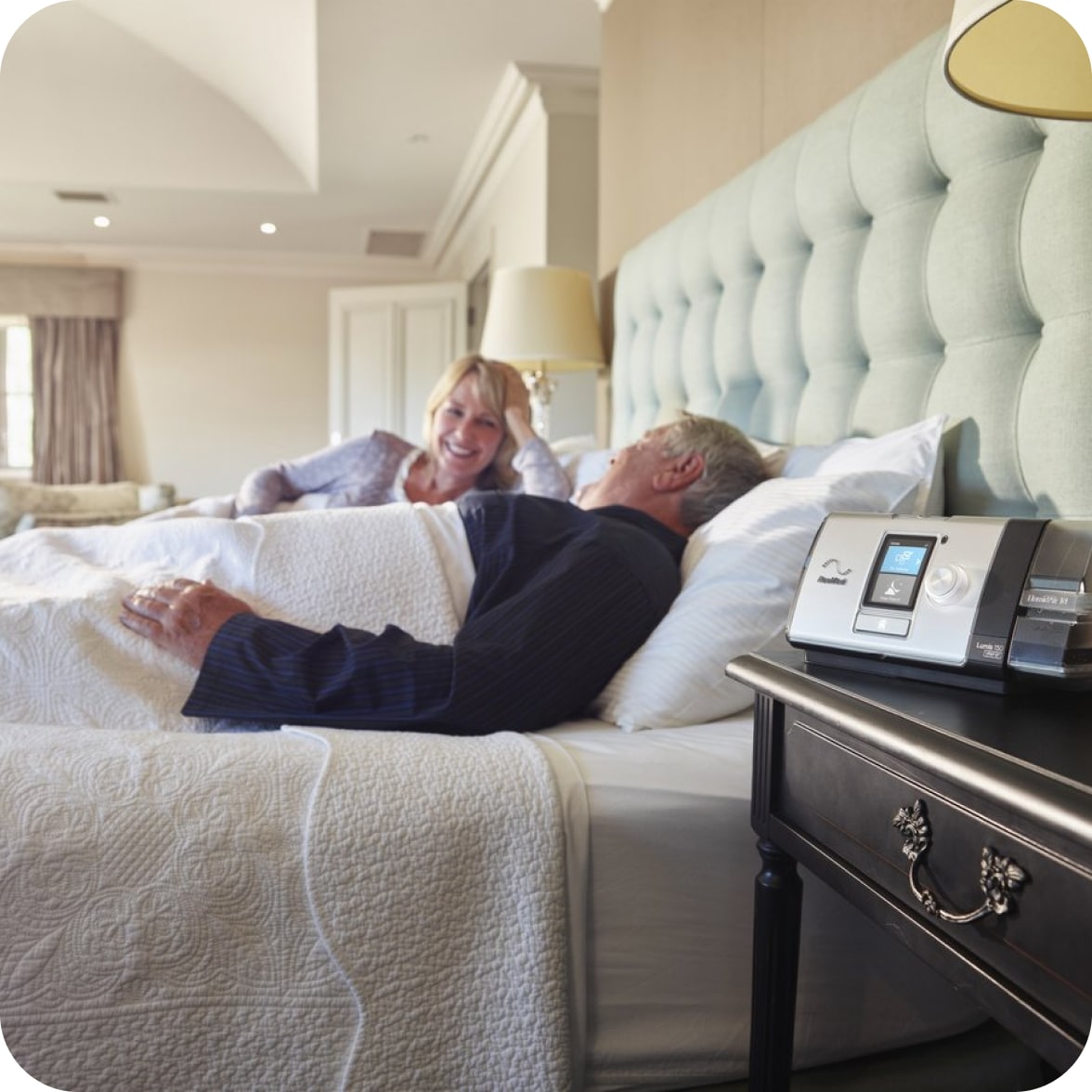
BIPAP
They are governed by the same principle as autocpap but these provide inspiratory and expiratory pressure. Indicated for patients with complex apneas and other respiratory pathologies.
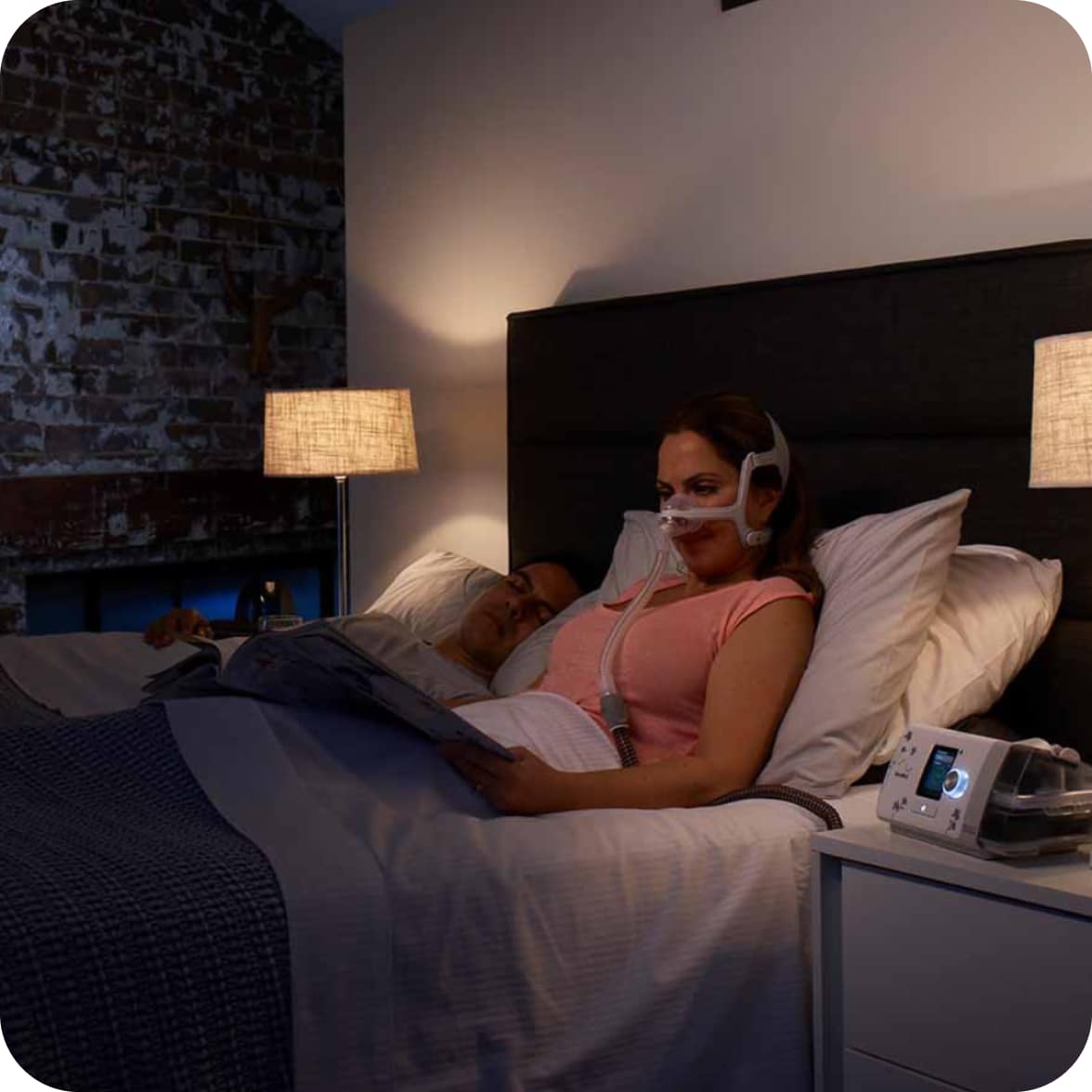
Masks
There are basically three types of masks Nasal, Facial and Warheads. One or the other will be chosen according to the needs of each person and the treatment to be followed.
Choosing the wrong mask can be a fatal mistake that will cause that person to refuse treatment. So look carefully before choosing them and let yourself be advised by professionals.
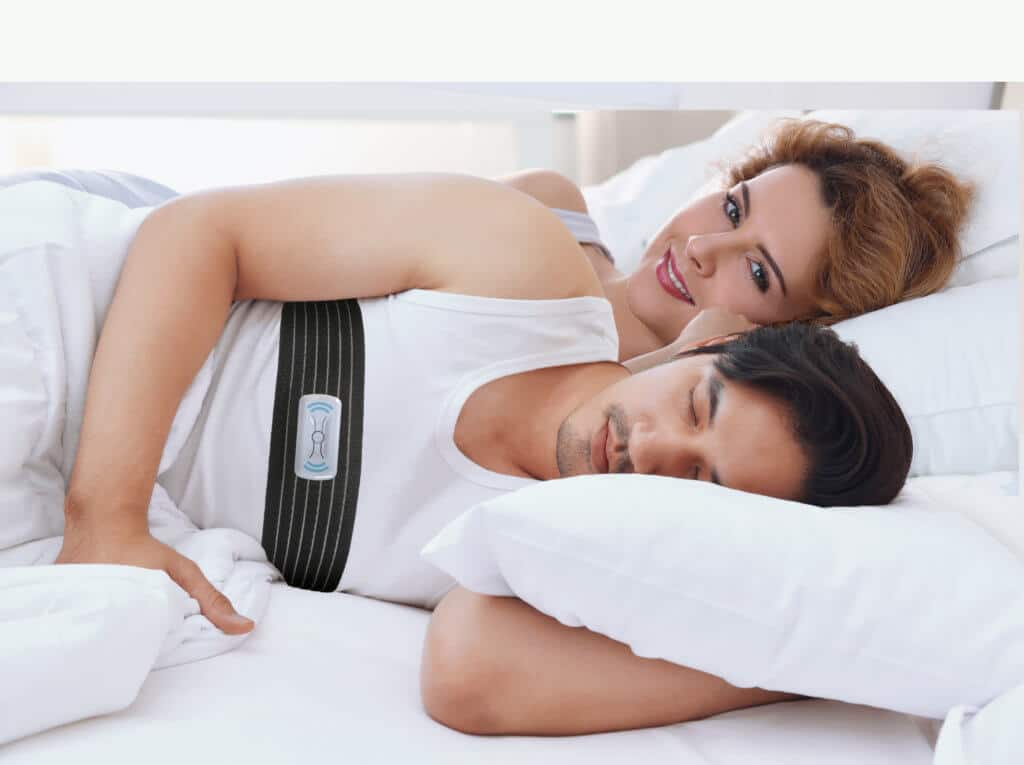
Positional Apnea
It is a device that emits gentle vibrations that will make you change position while you sleep, without interfering with your sleep. When you change position, apneas and annoying snoring will disappear.
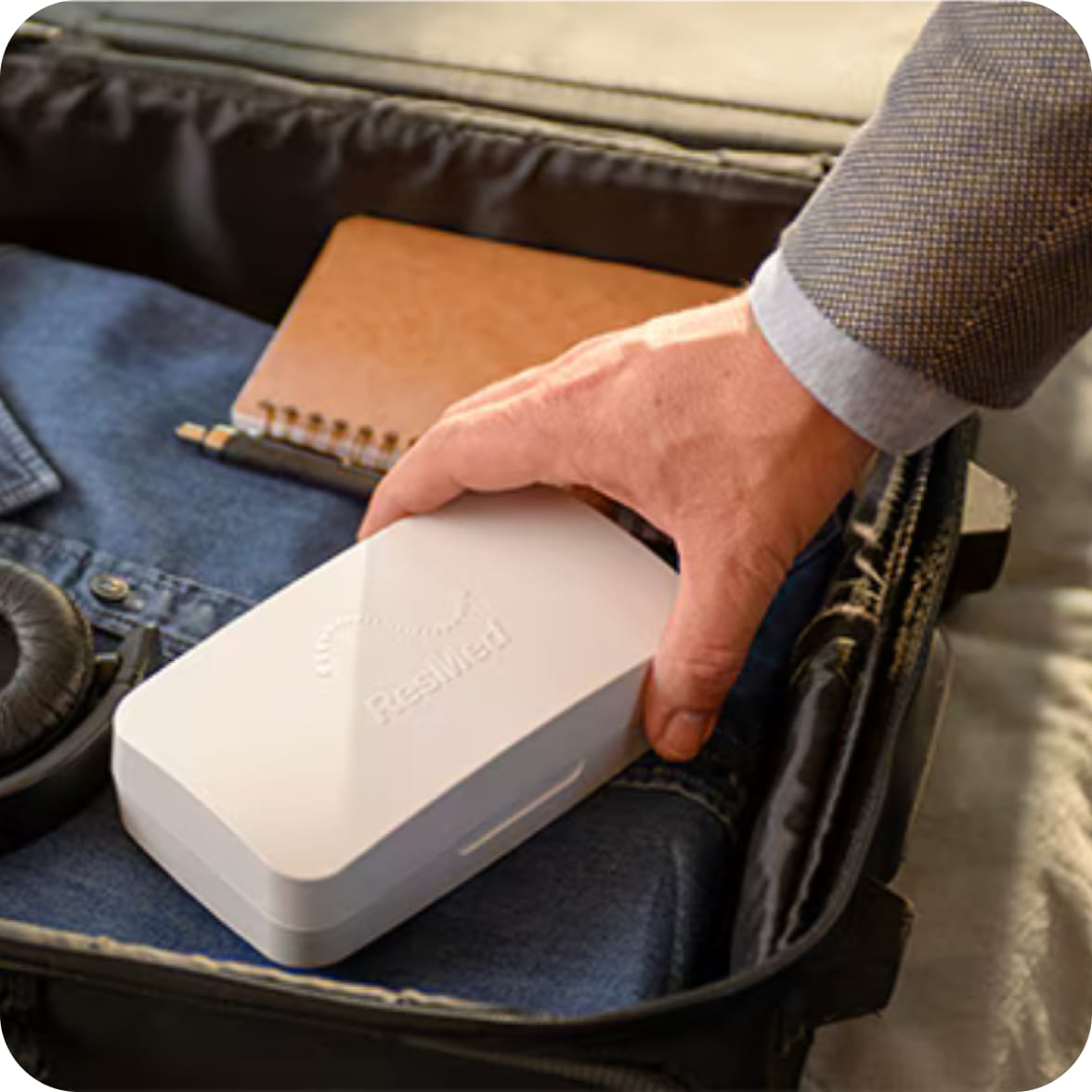
Mandibular Advance
The mandibular advancement medical device is designed to offer maximum comfort in the treatment of obstructive sleep apnoea and snoring in adults. Thanks to an optimised articulation system, it holds the mandible in a position that facilitates the natural opening of the airway, ensuring a comfortable and effective night’s sleep.



